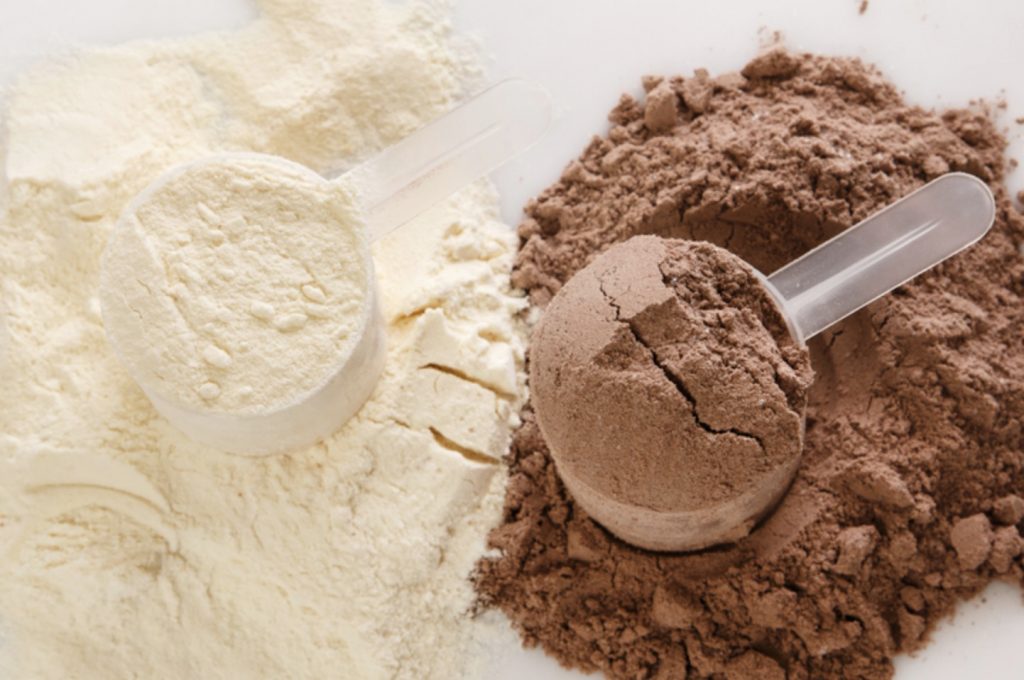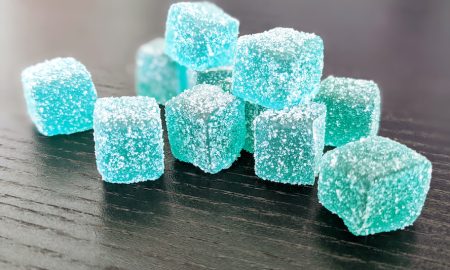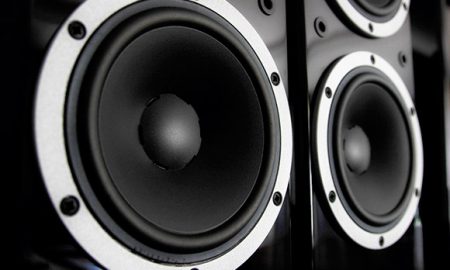
Protein powders have become an incredibly popular way to supplement one’s diet with an additional source of protein. Protein is an essential macronutrient that is required for the growth and repair of tissues in our bodies. In addition, protein powders are often used by athletes, bodybuilders, and fitness enthusiasts to support muscle growth and recovery.
However, not all protein powders are created equal, and some can leave a bad taste in your mouth, quite literally. Tasteless protein powders can be a problem for a number of reasons. In this article, we’ll explore some of the causes and what to look out for.
One of the main reasons why a protein powder might taste bad is due to the source of protein used. Protein powders can be made from a variety of sources, including whey, casein, soy, pea, rice, and more. Each of these protein sources has a unique taste profile, and some are more palatable than others. For example, whey protein is often considered to have a pleasant, creamy taste, while pea protein can be quite gritty and earthy.
Another factor that can contribute to a bad taste in protein powders is the presence of artificial sweeteners and other additives. Many protein powders are sweetened with artificial sweeteners like sucralose or aspartame to make them more palatable. While these sweeteners are low in calories, they can have a metallic or chemical taste that some people find unpleasant.
Similarly, protein powders may contain other additives like thickeners, preservatives, and flavorings that can impact the taste and texture of the powder. While these additives are generally considered safe, they can also contribute to a less-than-pleasant taste.
Protein powders are a popular dietary supplement used by many people. Particularly those who are physically active or trying to build muscle. While some protein powders have a pleasant taste, others are tasteless or have an unpleasant flavor. Let’s quickly breakdown some advantages and disadvantages.
Advantages of Tasteless Protein Powders:
Versatility: Tasteless protein powders can be added to a wide variety of foods and beverages without altering their taste. This makes them a versatile ingredient in cooking and baking, as well as in smoothies and shakes.
Customizability: When using a tasteless protein powder, you have more control over the flavor profile of your meal or drink. You can add your own sweeteners, spices, or fruit to create a custom taste.
Compatibility: Tasteless protein powders can be mixed with other supplements, such as vitamins or pre-workout formulas, without affecting their taste or efficacy.
Convenience: Tasteless protein powders are often less expensive than flavored varieties and can be bought in bulk. They also don’t require refrigeration and can be stored in a dry place, making them easy to transport and use on the go.
Disadvantages of Tasteless Protein Powders:
Lack of Flavor: While some people prefer a tasteless protein powder for its versatility and customizability, others find it unappetizing and difficult to consume.
Difficulty in Measuring Dosage: Unlike flavored protein powders, it can be difficult to determine how much protein is in a tasteless powder. Especially when mixed with other ingredients.
Low-Quality Protein: Some tasteless protein powders may be made from lower-quality protein sources, such as soy or rice, which can be less effective in building muscle and repairing tissue.
Additives: Some tasteless protein powders may contain additives or fillers to improve texture or prolong shelf life. These can add calories or cause digestive discomfort in some people.
So, what can you do if you’ve purchased a tasteless protein powder?
One option is to try mixing it with other ingredients to improve the taste. For example, adding some fruit or cocoa powder can help to mask the taste of the protein powder. You could also try blending the powder with milk or yogurt to create a smoother, creamier texture.
Another option is to switch to a different protein powder that is more palatable. While this can be a frustrating and expensive process, it may be worth it in the long run if it means you’re more likely to use the powder on a regular basis.
When shopping for protein powders, it’s important to pay attention to the ingredients list and nutritional information. Look for powders that are made with high-quality protein sources and minimal additives. It may also be worth investing in a small sample size before committing to a larger container to ensure you like the taste.
Where to Buy?
There are several places where you can buy tasteless protein powders, including health food stores, supplement shops, and online retailers. One option for purchasing tasteless protein powders is Spartan Suppz, a reputable online retailer that offers a variety of high-quality protein powders, including tasteless options.
Spartan Suppz carries a range of tasteless protein powders from trusted brands, such as ATP Science, Cyborg Sport, EHP Labs, Faction Labs, Ghost Lifestyle. These powders are made with high-quality protein sources and are free from artificial sweeteners, flavors, and additives.
In addition to tasteless protein powders, Spartan Suppz offers a wide selection of other supplements, including pre-workout formulas, fat burners, and vitamins. They also offer free shipping on orders over $150 and have a helpful customer support team available to answer any questions you may have.
When shopping for tasteless protein powders, be sure to check the ingredients list and nutritional information to ensure you’re getting a high-quality product that meets your dietary needs and fitness goals. I’d highly recommend you get tasteless protein powders from Spartan Suppz as it is a great place to startout.
In conclusion, tasteless protein powders can be a real problem for those looking to supplement their diet with additional protein. There are a number of factors that can contribute to a bad taste. Including the source of protein, artificial sweeteners, and other additives. If you’re struggling with a tasteless protein powder, try mixing it with other ingredients or consider switching to a different brand. By paying attention to the ingredients and nutritional information, you can find a protein powder that works for you and supports your fitness goals.


















Follow Us